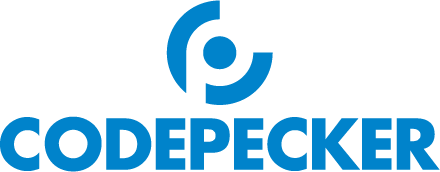Web Page SEO Checklist
When publishing new web pages or blog posts on your company’s website, it’s important to focus on creating content that is original, relevant and useful to your target audience, and compels readers to take action in some measurable way. While all content should be created for your target audience first and foremost, it won’t do any good if the content is invisible and cannot be found by your target market or the search engines.
Use the following Web Page SEO Checklist to Improve Web Page Visibility within the Search Engines:
Page Keyword Focus
The web page should focus on one keyword phrase. Checkout Google AdWords Keyword Planner and choose the keywords with the highest local searches.
Page URL
Make sure the web page’s URL is SEO friendly and includes the target keyword phrase. Use all lower case letters, no spaces, and hyphens between words (ex: web-page-seo-checklist).
Title Tag
The page’s title tag is one of the most important SEO items in this list. More weight is given to the words in the beginning of the title tag. Include the target keyword phrase first and keep the title tag to 70 characters or less.
Description Tag
The description tag should also include the target keyword phrase. This is the text which appears in search results under the page title and should be focused on compelling searchers to click on your link.
Heading Tags
Heading tags (ex: H1, H2, H3, etc.) help search engines decipher what’s important on a web page. Make sure to include the target keyword phrase in your heading tags.
Images
Image file names (again, no spaces, all lower-case, with hyphens between words), ALT tags, and captions should all include the target keyword phrase. The time it takes for the web page to load is also a key factor in how the page gets ranked. Large images can have a dramatic effect on a page’s file size. Make sure to optimize all images so they load quickly.
High Quality Content
The content on the page should include approximately 400 words, be original, and relevant to the pages on the rest of the website. Emphasize the target keyword phrase throughout the content (a good rule of thumb is to include the keyword phrase 5-10 times) and include it in the first paragraph, bold text, lists, etc.
Location
If you are targeting a specific geographic location, make sure to include this information in the content (ex: “To learn more about how you can increase your company’s visibility online throughout the Denver Metro area, contact us…” OR “Areas we serve include: Denver, Arvada, Golden, etc.”)
Links
Include links to other / similar content on your website and use descriptive text for these links. The goal is to keep visitors on the site as long as possible. Visit length, number of pages viewed, and time spent on each page are all factors which can influence your search engine ranking. Linking to external websites with high authority and popularity is also a good SEO tactic.
Social Signals
Provide social share buttons on each web page so visitors can easily share the content with their social networks. These social signals are important and let the search engines know which content on the Web is valuable and should be ranked higher than other, less valuable content.
Mobile Version
Many of your site’s visitors will be using mobile devices when seeking out companies like yours online. Make sure the web page displays well and is optimized for mobile devices.
